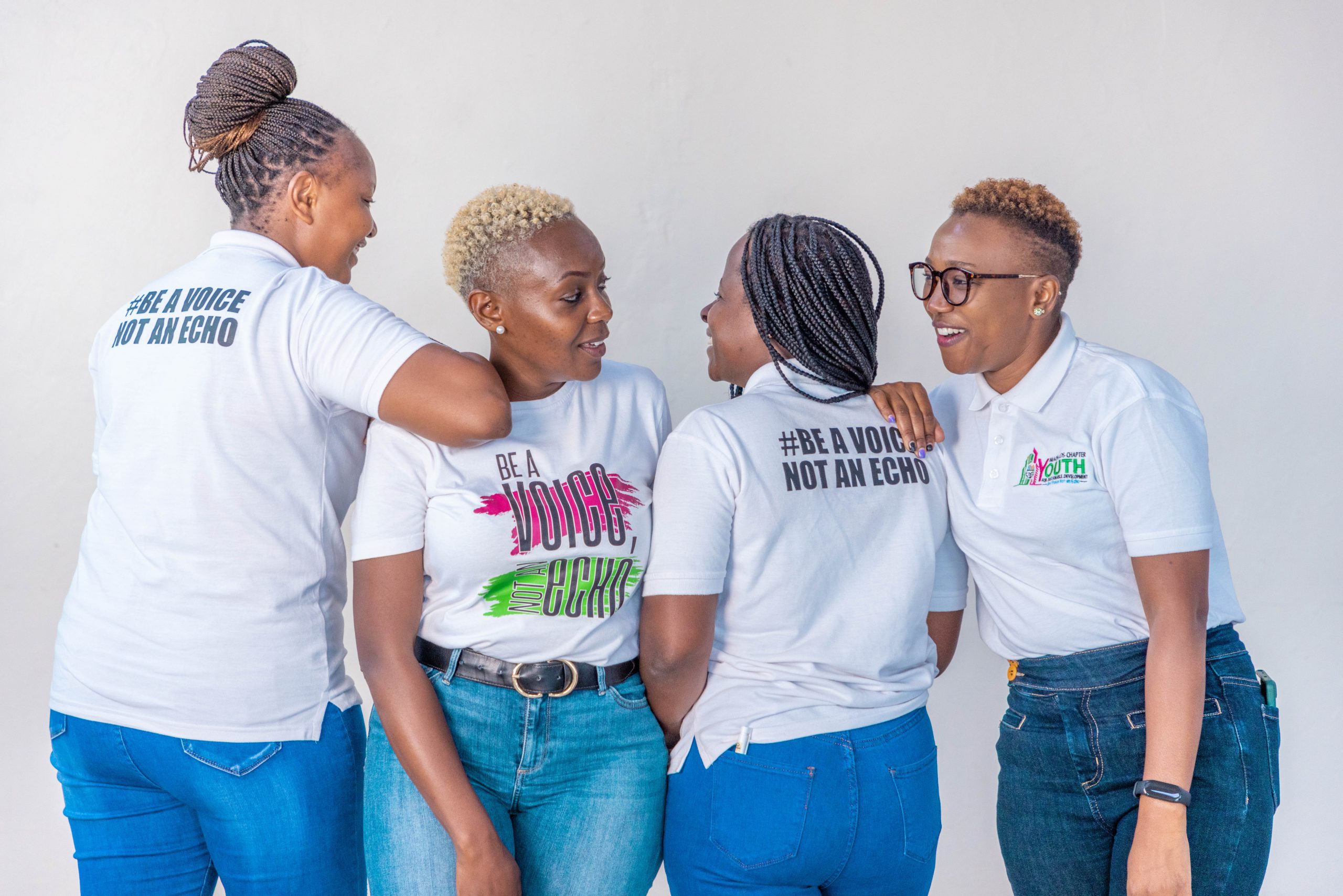Kenya 
Youth and Communities at the Heart of Systems Change

The social impact sector increasingly recognizes the importance of partnering with communities and youth to drive systems change. Leaning into the leadership and expertise of communities that are making the change is not only ethical, but powerful. It supports the agency of the most critical actors – the community itself. And it works for short and long-term systemic, sustainable change.
Community-driven systems change is an approach to development and social transformation that emphasizes local communities’ insight, leadership, and ownership to create lasting change. Last year, Imaginable Futures (IF) partnered with Firelight Foundation (Firelight) to launch an initiative that supports community-based organizations (CBOs) and community-driven systems change to foster holistic development, a sense of belonging and youth resiliency in three counties in Kenya; Kajiado, Machakos and Makueni.
Our commitment to community-driven systems change means the community – including communities of young people – are the critical actors in any system. As such, they should be the most vital voice in deciding who they want to work with, what work they wish to do and what success might look like.
True community-driven systems change means that Firelight does not simply choose CBOs. The community – including young people — should be front and center in nominating the CBO partners with whom they wish to work.
Following the principles of Firelight’s grantmaking process, they met with various potential CBO partners to learn about their work, relationships with stakeholders, including national and county government officials, International Non-Governmental Organizations (INGOs) and other Civil Society Organizations (CSOs).
Firelight also reached out to community representatives such as community leaders and young people to find out how they felt about the CBOs, their work in the community, the extent of their roots and engagement with that community to build an understanding of the CBO itself.
Throughout the process, Firelight strove to ensure full transparency with the CBOs and communities, providing details outlining our desire to partner with them, the available funding, duration of the initiative, and expectations for the engagement. In short, full disclosure was provided, as was the opportunity to discuss questions, expectations, or reservations before asking them if they consented to the partnership.
Even after they agreed to partner, we invited CBOs and community representatives to a week-long “onboarding” session during which all elements of a possible partnership were discussed, and an opt-out was provided.
“While there are many ways in which communities can change their systems, our organizations believe that CBOs – organizations that are born and raised in their communities – re one of the greatest assets in helping community members (including young people) realize their agency to create or influence safe, solid and nurturing environments and systems for children and youth.”
As funders, we know that CBO partners don’t often answer traditional funding proposals. A number of reasons might contribute to this, such as a lack of internet access or language barriers.
Following the principles of Firelight’s grantmaking process, they met with various potential CBO partners to learn about their work, relationships with stakeholders, including national and county government officials, International Non-Governmental Organizations (INGOs) and other Civil Society Organizations (CSOs).
Imaginable Futures and Firelight Foundation have partnered to reimagine partnerships with CBOs and funders. You can read more about their partnership here and and meet the partners here.